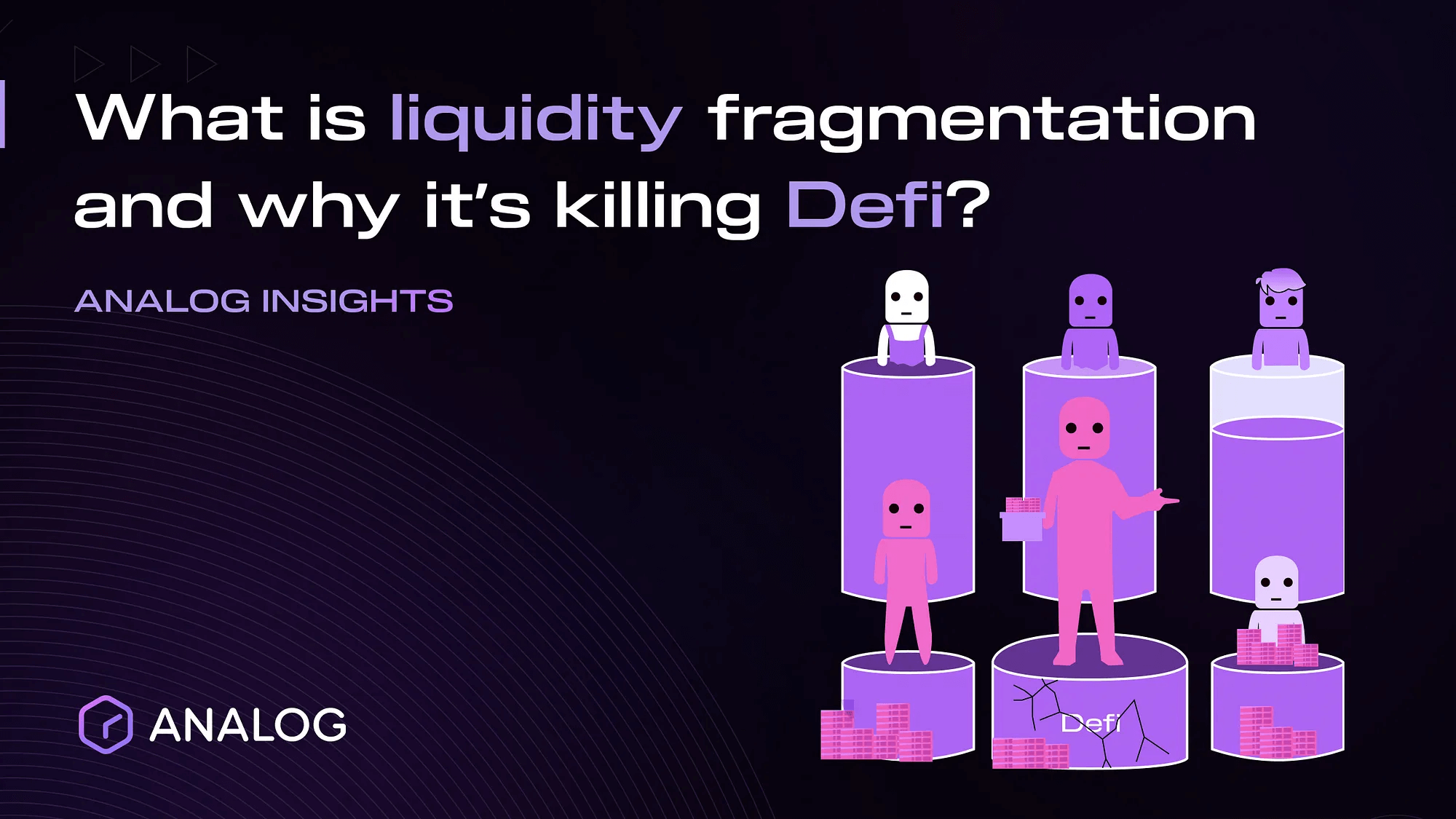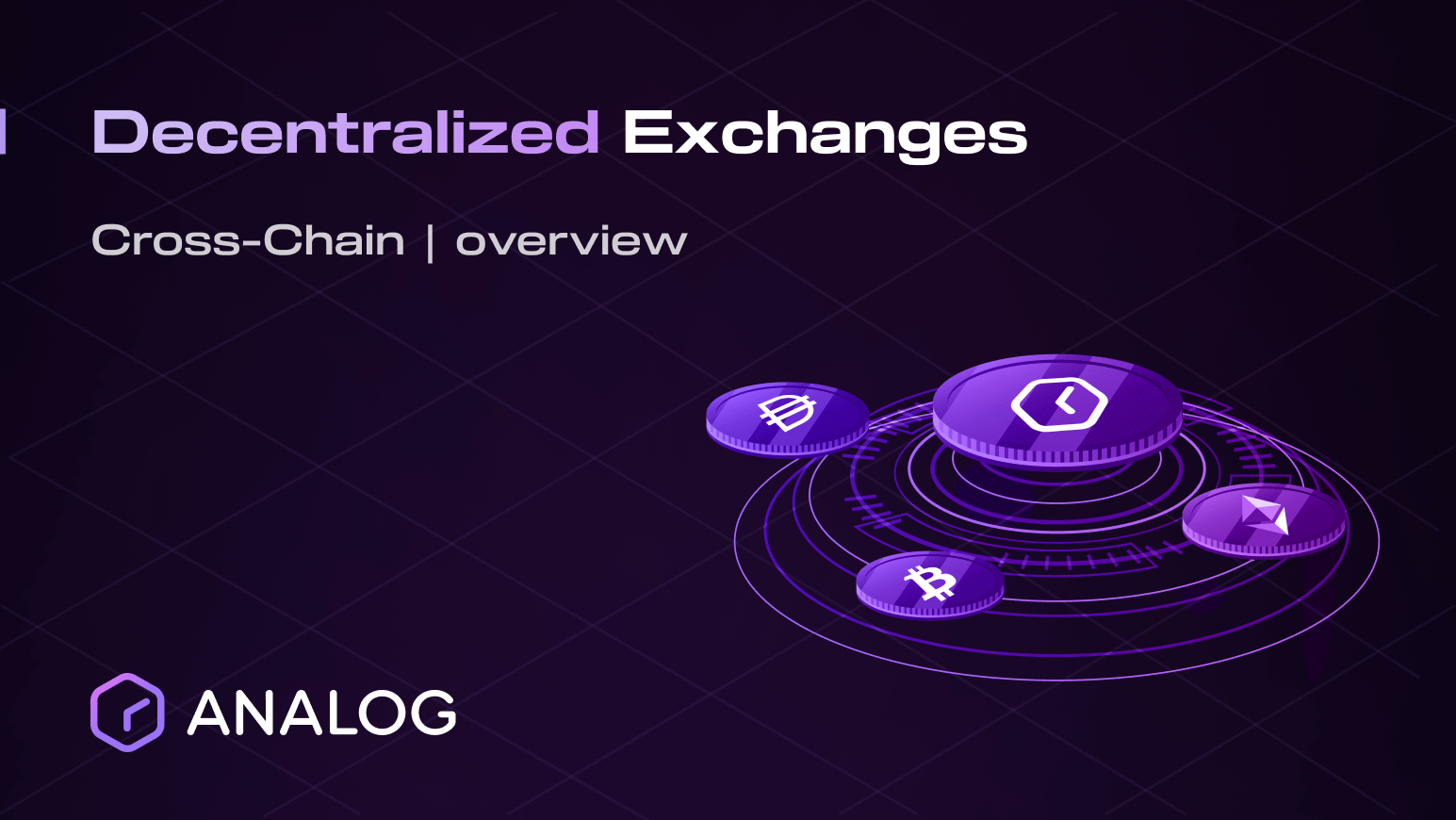
We are all too familiar with the benefits that decentralization offers in finance, such as trustless operations, fostering innovation, and providing users with increased control. Yet, as with any new technology, growing pains are inevitable in DeFi. Among these, liquidity fragmentation stands out as a long-standing problem that the crypto space needs to address.
Liquidity fragmentation poses a significant challenge in the industry by impeding the optimal utilization of liquidity, resulting in volatility and inefficient market-making. Let’s get into the details of liquidity fragmentation. —
Basics of Liquidity in DeFi
Liquidity refers to how easily and seamlessly users can exchange/trade one crypto asset for another. DeFi relies on liquidity; without it, the decentralized finance protocols cannot function. For example, on a DEX, liquidity is directly tied to the quantity of tokens users have committed to the liquidity pools. If a crypto asset lacks sufficient liquidity, token holders may face difficulty selling their tokens when they wish.
Put simply; liquidity is the grease that allows DeFi protocols to create cash flow for their tokens. Suppose you want to leverage 10x long on a decentralized perpetual futures exchange like GMX on Avalanche. In that case, GMX will require liquidity that supports a 10x leverage for the specific asset you are trading. Likewise, for lending protocols like Compound, it is essential to have a sufficient liquid amount of the desired asset available to facilitate lending to users.
The Fragmentation Problem
Many smart contracts-based blockchains provide DeFi services today. Each of these chains deploys different consensus protocols, hashing techniques, programming languages, and block size limits, among others. This differentiation has resulted in isolated networks that cannot communicate with each other.
Take the Ethereum blockchain, for example. It holds the highest staked value in the DeFi sector, constituting over half of the total crypto assets within the Web3 space. Now, imagine more than half of the entire capitalization of the Web3 space being unavailable to DeFi users on other blockchains, such as Solana, Avalanche, or Aptos.
At its core, liquidity fragmentation manifests itself in the crypto space by having available liquidity spread across multiple protocols rather than being readily accessible through a single marketplace. There are two forms of liquidity fragmentation:
Single chain fragmentation. In this instance, the available liquidity is spread across different protocols on the same chain. For example, while some DApps on the Ethereum blockchain, like Uniswap, SushiSwap, and Balancer, have amassed massive liquidity in their pools, others suffer from insignificant traction.
Cross-chain fragmentation. In this case, the available liquidity is spread across multiple protocols on different blockchains. For example, DApps built on newer chains like Solana, Avalanche, and Aptos face limitations in accessing the massive liquidity present on the Ethereum blockchain.
Causes of Liquidity Fragmentation
The Web3 space is experiencing liquidity fragmentation due to the increasing number of blockchain networks, each characterized by unique consensus rules, algorithms, and protocols. Because these chains are not inherently interoperable, it is difficult for them to communicate seamlessly, transfer assets, or even share messages between them.
Blockchains are not inherently interoperable because of various factors, including pursuing specific use cases, governance models, and diverging design choices. For example, while Ethereum has prioritized decentralization and security, the same cannot be said about Solana and Aptos, which prioritize performance (scalability).
Impact on DeFi Innovation
Fragmented liquidity presents a significant hurdle for small, agile, and innovative teams looking to launch DeFi applications. For example, the scenario of launching an innovative DEX on the Aptos blockchain. The challenge here lies not just in user interaction with multiple tokens of varying volumes and prices across individual exchanges. The core issue is the substantial initial liquidity investment required. For a smaller team, bootstrapping liquidity is limited to a few assets initially. Consequently, there’s a heavy reliance on attracting liquidity providers, or “farmers,” to support and sustain your DEX. This need for initial liquidity creates a sizable challenge and expense, often overshadowing other important tasks like marketing or business development. It’s a daunting task to tap into the various existing liquidity pools, making the process of establishing a new DeFi application even more complex and resource-intensive.
Eliminating the challenges associated with liquidity fragmentation is essential for the growth of the Web3 sector, as it can help unlock the true potential of blockchain ecosystems. DApp developers can build innovative DeFi applications that leverage the strengths of multiple blockchains, fostering innovation and collaboration in the Web3 space.
For example, DApp developers can leverage a cross-chain smart contract execution platform like Analog to compose applications that integrate functions hosted on multiple connected chains. A cross-chain DApp of this nature goes beyond simply merging smart contracts across various chains; instead, it intricately weaves liquidity pools on interconnected chains, forming complete networks of internet participants through a decentralized system.
Effects on Users and Traders
There are three main issues surrounding fragmented liquidity:
Price inefficiency: Different DeFi protocols can display different prices for the same crypto asset at the same time. This can make it difficult for traders to get the best possible price for the asset, especially if the DApp they are connected to is not hosted on the right blockchain network. To navigate this problem, users must access multiple networks, a feature that results in higher transaction costs.
Poor UX: Interacting with many different protocols to try and find the most optimum price adds another layer of complexity for users engaging in DeFi. While aggregation protocols are beginning to solve this issue, the underlying challenge remains.
Broader market impacts: In a highly fragmented market, even a relatively small trade can significantly influence the overall asset price, leading to slippage. The price differential across different protocols on various blockchains can also give some traders with access to advanced technology to take advantage of arbitrage opportunities. This goes against the core ethos of DeFi, which aims to democratize financial services by eliminating intermediaries, creating an open and equitable system for everyone.
Analog’s Solution
Analog’s General Message Passing (GMP) protocol is a game-changer in the Web3 space. It provides a comprehensive cross-chain smart contract execution solution, allowing DApps to transfer tokens and arbitrary messages reliably and securely. By leveraging the decentralized Timechain Network, the GMP protocol not only optimizes liquidity in the DeFi industry but paves the way for cross-chain smart contract automation functionality.
For example, with the GMP protocol, you can now build a cross-chain yield aggregator that allows users to deposit assets into multiple DeFi applications while enabling them to manage such funds from a single pane of glass. Expanding the range of yield aggregation allows your users to generate higher yields from their deposited assets without the need to manually bridge them across various blockchains.










